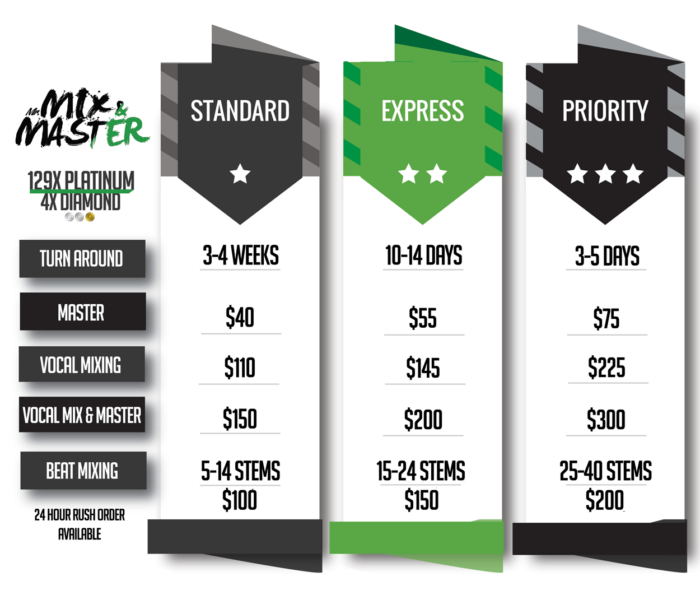

If your mix crosses the -6dBFS threshold, the section lights up red. LEVELS recommends a goal of -6dB for your mix in order to give the mastering engineer plenty of room to apply EQ and compression.

0dBFS is the absolute maximum a digital signal can reach before it clips but hitting it exactly introduces its own problems. dBFS is a peak-style measurement that will tell you the volume of your track's peaks. Headroom is the first main section with two further readings: dBFS and LUFS. The mono compatibility switch is self-explanatory and common in most DAWs, though LEVELS allows you to listen to your mix through a single speaker by muting the other to avoid any potential low-end hype. If you click each section, you'll learn its status and why your mix isn't cutting it in any respective field. If the signal passing through the plug-in doesn't meet the criteria of one of the elements, it'll light up red. LEVELS' interface is a circle with four sections representing characteristics of the mix, with a mono switch up top.

LEVELS covers five key elements: mono compatibility, headroom, stereo imaging, dynamic range and bass space. Instead of leaving the beginner to source and interpret their own metering, Frampton created a plug-in that supposedly addresses the core issues of a mix in a transparent fashion. He'd always have to repeat himself when giving clients feedback on the flaws of their mix so he decided to create a plug-in that modernised the way we look at mixing music. Born out of repetitive strain with clients, LEVELS is the brainchild of Tom Frampton and the coding engineers 29 Palms.


 0 kommentar(er)
0 kommentar(er)
